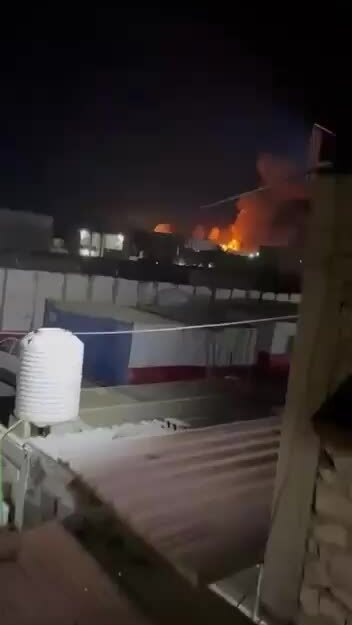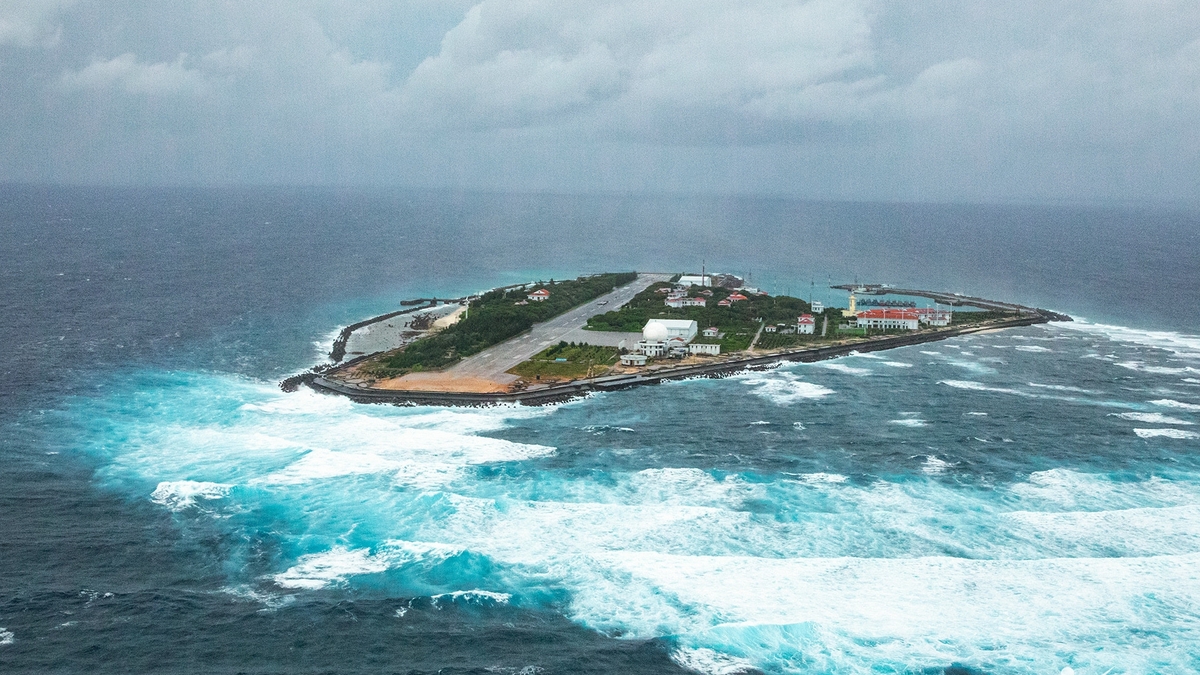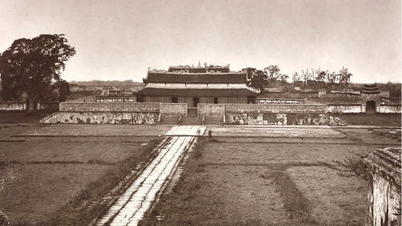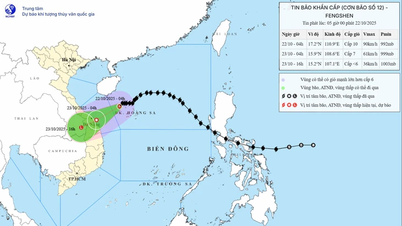The US airstrike was large-scale but limited, seemingly aimed at sending a deterrent signal to Iran without sparking a regional conflict.
The US military on the afternoon of February 2 (early morning of February 3, Hanoi time) carried out a large-scale airstrike on the Quds Force of the Iranian Islamic Revolutionary Guard Corps (IRGC) and militia groups supported by Tehran in Iraq and Syria. US military aircraft launched 125 guided munitions at more than 85 targets in 8 locations in the raid.
US National Security Council spokesman John Kirby said the airstrike lasted 30 minutes and appeared to be successful, adding that Washington had notified Baghdad before launching the attack.
The airstrike was carried out in response to a drone attack on a US base in Jordan a week ago that killed three US soldiers. The US blamed pro-Iranian militia groups for the attack and pledged to retaliate. Iran denied the accusation.
The US did not notify Iran of the attack in advance, but stressed that it "is not seeking a war with Iran," Mr. Kirby said.
Ammunition depot exploded in Iraq after a US airstrike on February 2. Video : Twitter/AuroraIntel
"The airstrike was relatively limited compared to the loss of life suffered by the US military in the attack in Jordan. It was loud but not likely to have a lasting impact, nor was it the heaviest blow the Pentagon was capable of delivering," commentator Nick Walsh wrote on CNN .
Military experts say this is a carefully chosen response by the US. The previous administration of President Joe Biden faced a near-impossible task: striking hard enough to demonstrate its determination to retaliate, but not causing so much damage that its opponents decided to escalate their response.
The US has sent out a series of messages about retaliation over the past five days, in which many senior officials have hinted at the target and intensity of the attack.
"The warnings appear to be intended to reduce the risk of miscalculation, allow the fighters to leave the targeted location and limit casualties. This likely ensures that Iran and its proxies do not mistake the airstrike for an Israeli action, which could lead to a retaliation against Tel Aviv and create a new escalation spiral," Walsh said.
At least 18 fighters from pro-Iranian forces were killed in an airstrike in eastern Syria, but no members of the Quds Force were killed, according to the UK-based Syrian Observatory for Human Rights (SOHR).
Several Iraqi security sources said the US airstrikes mainly targeted positions controlled by pro-Iranian armed groups in the west of the country, especially in the Al-Qaim area on the border with Syria.
The current tense situation in the Middle East means that the US military can only use a small part of its combat capabilities. Any mistake or unexpected damage could trigger a wider conflict.

US B-1B bombers in the skies over Syria in 2015. Photo: USAF
Iranian President Ebrahim Raisi said on February 2 that he would not start any war, but would “respond decisively” to anyone who tried to bully Tehran. IRGC commander Hossein Salami also warned on January 31 that the force would retaliate against any threats from the US.
A senior Biden administration official also confirmed that the US would not attack Iranian territory, but only Iranian targets outside its borders. "Attacking Iranian territory would be a terrible escalation and very unlikely," the person said.
"Neither the US nor Iran wants war, and both sides are trying to avoid direct conflict. The Biden administration will face criticism for not launching a direct response like its predecessor Donald Trump did in 2020, but it should be remembered that the airstrike that killed Quds Force commander Qassem Soleimani ordered by Trump did not prevent the situation from escalating to the current level," Walsh said.
Vu Anh (According to CNN )
Source link





![[Photo] Prime Minister Pham Minh Chinh received Mr. Yamamoto Ichita, Governor of Gunma Province (Japan)](https://vphoto.vietnam.vn/thumb/1200x675/vietnam/resource/IMAGE/2025/10/21/1761032833411_dsc-8867-jpg.webp)
![[Photo] Da Nang residents "hunt for photos" of big waves at the mouth of the Han River](https://vphoto.vietnam.vn/thumb/1200x675/vietnam/resource/IMAGE/2025/10/21/1761043632309_ndo_br_11-jpg.webp)






























![[Photo] Prime Minister Pham Minh Chinh meets with Speaker of the Hungarian National Assembly Kover Laszlo](https://vphoto.vietnam.vn/thumb/1200x675/vietnam/resource/IMAGE/2025/10/20/1760970413415_dsc-8111-jpg.webp)















































































Comment (0)